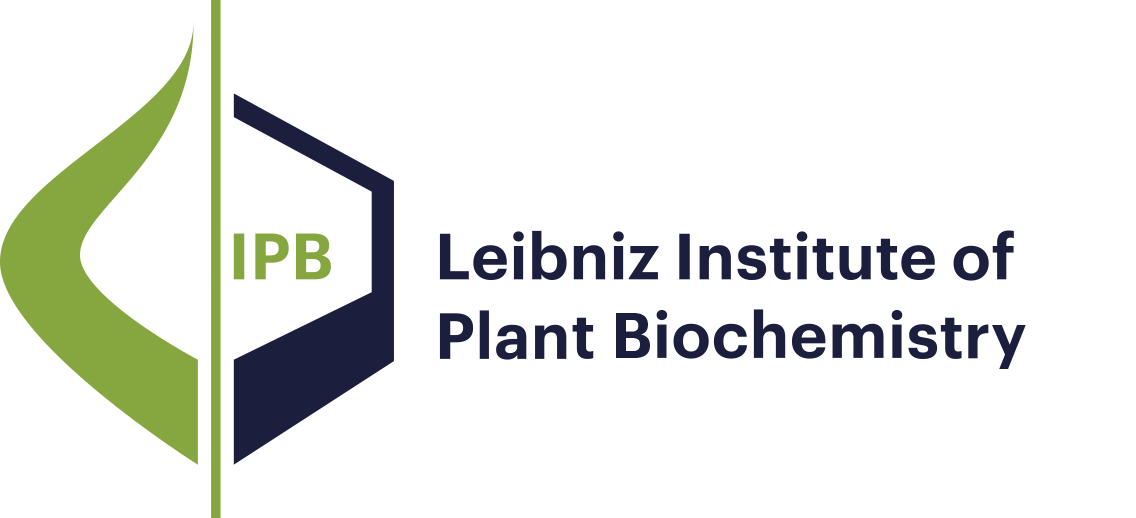Publications - Molecular Signal Processing
- Results as:
- Print view
- Endnote (RIS)
- BibTeX
- Table: CSV | HTML
Publications
Publications
This page was last modified on 27 Jan 2025 .
Research Mission and Profile
Molecular Signal Processing
Bioorganic Chemistry
Biochemistry of Plant Interactions
Cell and Metabolic Biology
Independent Junior Research Groups
Program Center MetaCom
Publications
Good Scientific Practice
Research Funding
Networks and Collaborative Projects
Symposia and Colloquia
Alumni Research Groups
Publications
Publications - Molecular Signal Processing
Publications
A strategy to detect and quantify the polar ethylene precursor 1-aminocyclopropan-1-carboxylic acid (ACC) along with the more apolar phytohormones abscisic acid (ABA), indole-3-acetic acid (IAA), jasmonic acid (JA), jasmonic acid-isoleucine conjugate (JA-Ile), 12-oxo-phytodienoic acid (OPDA), trans-zeatin, and trans-zeatin 9-riboside using a single extraction is presented. Solid phase resins commonly employed for extraction of phytohormones do not allow the recovery of ACC. We circumvent this problem by attaching an apolar group to ACC via derivatization with the amino group specific reagent 9-fluorenylmethoxycarbonyl chloride (Fmoc-Cl). Derivatization in the methanolic crude extract does not modify other phytohormones. The derivatized ACC could be purified and detected together with the more apolar phytohormones using common solid phase extraction resins and reverse phase HPLC/electrospray negative ion tandem mass spectrometry. The limit of detection was in the low nanomolar range for all phytohormones, a sensitivity sufficient to accurately determine the phytohormone levels from less than 50 mg (fresh weight) of Arabidopsis thaliana and Nicotiana benthamiana tissues. Comparison with previously published phytohormone levels and the reported changes in phytohormone levels after stress treatments confirmed the accuracy of the method.
Publications
The chiral separation of peptide-like conjugates of jasmonic acid and of cucurbic acid isomers was investigated by liquid chromatography on Chiralpak AS and Nucleodex β-PM. The retention sequences reflect distinct chromatographic properties with respect to the chirality of the jasmonic acid part or of the cucurbic acid isomers. The chromatographic behaviour of the amide conjugates on a reversed-phase C18 column provides evidence for the resolution of diastereomeric conjugates depending on the chirality of both constituents of the conjugate molecule. The chromatographic procedures are suitable for the analytical and preparative separation of such conjugates.
This page was last modified on 27 Jan 2025 .

